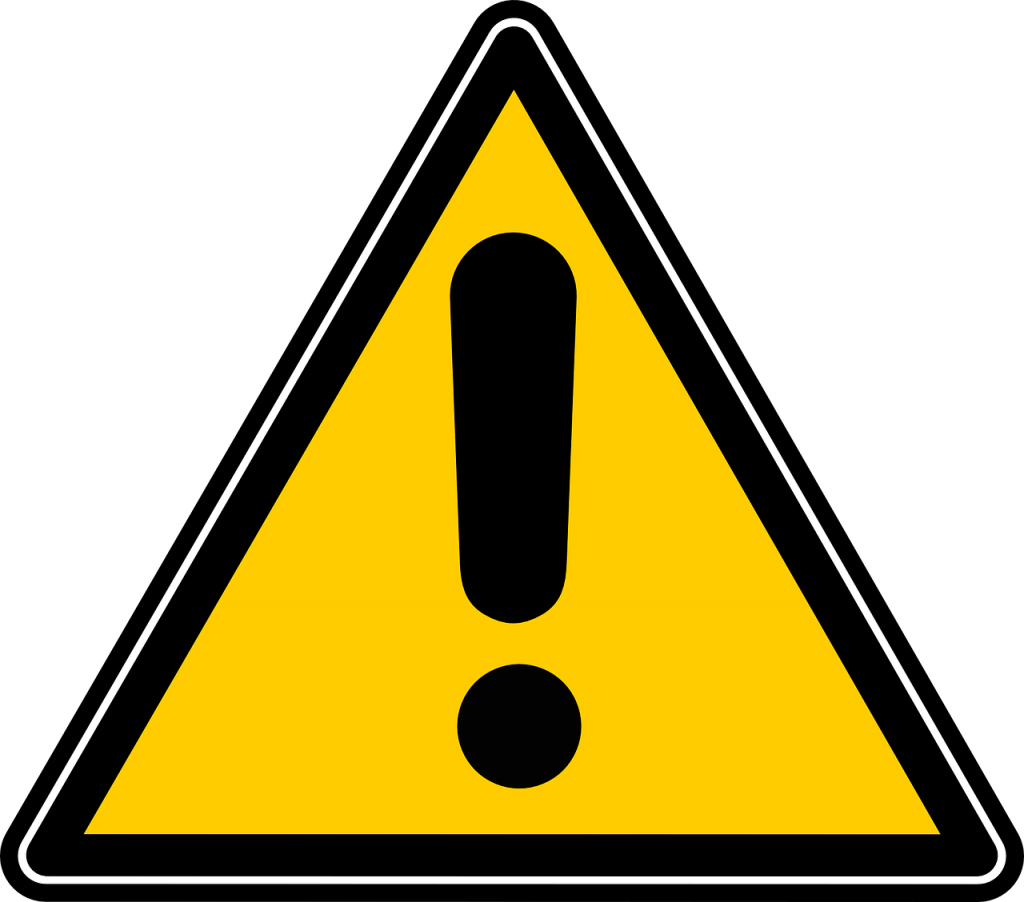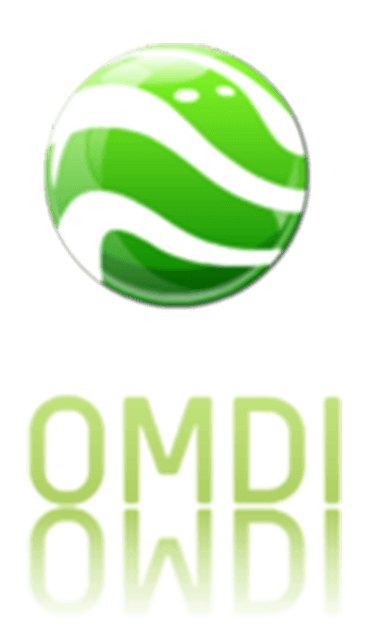What should not go in a septic tank?
If you’re located in an isolated or rural area without connections to a modern sewer network, chances are that your home or business uses a septic tank system. Septic tanks are a brilliant way to dispose of wastewater on your property using a combination of simple technology and nature’s own organic processes.
However, extra care must be used in what kinds of products, waste, and chemicals can be flushed down the various drains of your property. Though efficient in their own way, septic tanks are far more sensitive than regular sewer systems as to what they will safely accept.
The wrong items and liquids can transform an otherwise healthy septic system into a malfunctioning one that will require a professional to come to your home and perform potentially expensive repairs and cleaning.
By keeping everything in tip-top shape, you can both save money and prevent any smelly ruptures leaking into your grounds or even backing up into your own toilets.
In this guide, we’re going to break down what septic tanks are used for, what’s safe to put into them, and most specifically what should NOT go into them. Hopefully, you’ll gain a better idea of why you should use a septic system, and if one is going to be a good fit for your property.
What Are Septic Tanks Used For?
Septic tanks are an alternative system for homes and businesses that do not have access to a centralised sewer line. They are most often buried in a subterranean location just outside the main building where human activity requires wastewater to be flushed down a drain. This wastewater can come from numerous different sources: the kitchen sink, dishwasher, bathtub, laundry area, and the loo. This wastewater is usually more than 99% liquid.
Instead of sending all this daily unwanted runoff to a faraway municipal treatment plant, the septic tank does the work for you on your own grounds. The wastewater is treated inside the tank, and then through a series of pipes, dispersed deep into the surrounding soil where nature can breakdown these organic materials naturally and safely.
How Do Septic Tanks Work?
In a nutshell, a septic system consists of two main parts: a tank and a soil absorption field. All the flushed water from your home, school, or business is eventually routed into one final pipe that terminates directly into the septic tank. This end pipe is downward sloping and completely driven by gravity.

A septic tank is a watertight receiving vessel usually made of concrete or specialised plastic buried under the surface of your property. The tank receives all this water and through naturally occurring processes, starts to break it all down for subsequent dispersion into the earth.
When left to its own devices, organic matter in this runoff water will start to separate into three different components inside the tank. Oils and grease will rise to the top in the form of scum. Solids, known as sludge, will start to settle at the bottom. What’s left floating in the middle between the two is almost exclusively a liquid called effluent.
Over time, naturally occurring bacteria already present in the tank will start to breakdown the biodegradable material and prepare it for eventual dispersal. The leftover build-up of scum oils and sludge solids will accumulate and eventually have to be drained by a professional.
But it’s this majority effluent water that is then diverted out of the septic tank and into the surrounding drain field.
The departing liquid is funnelled into perforated plastic pipes or underground gravel trenches that then disperse it out into a larger soil absorption area, letting the soil itself complete the rest of the treatment naturally.
Microbes in the surrounding dirt actually start to filter and kill the bacteria in this runoff, thereby neutralising any remaining bad smells and toxicity. It is both efficient and environmentally safe.
What Should Go in Septic Tanks?
There are only a few things that can really be accepted and broken down within the septic tank system. Your best practices are outlined below:
- Use ‘green’ and biodegradable household cleaning products wherever possible.
- Rotted or perished foodstuffs, fruits and vegetables can go down the garbage disposal. However, take care to not overuse your garbage disposal. A much better alternative is a compost bin to chuck out all your organic leftovers and potato peelings. Try to get into the habit of scraping off dirty plates into the rubbish and installing a food catcher in your kitchen drain.
- Only use toilet rolls that are thin and specifically formulated for septic tank systems.
- Do try to install water-efficient showerheads, dishwashers, and laundry machines. Try to limit unnecessarily long showers or water usage, as this can put an undue strain on your septic system.
- Ultimately, only water, toilet tissue and human waste should ever really go down your drains. Anything that cannot be broken down organically is never suitable, and will only cause you a massive headache down the road.
What Shouldn’t Go in Them? (And Why?)
This is where a home or property owner is really going to have to adjust their mindset and waste disposal habits when coming from an area that is served by a centralised sewer system.
It can all take quite a bit of getting used to at first, but once you’re accustomed to the differences, you’ll find that it’s really not much more complicated than sorting out your recycling.

The most important thing to remember is that your septic tank is not a rubbish bin. Do not put anything non-biodegradable down your sink or lavatory.
Of course, many problematic items are also prohibited in normal plumbing systems, but you’ll find that when dealing with septic tanks the consequences can be much worse.
Septic tanks can accept quite a lot of the normal wastewater you would usually flush away in a modern city, but the most damaging exceptions are outlined below:
- Surprisingly enough, coffee grounds are an overlooked big offender. Even if processed through a waste disposal unit, coffee grounds break down too slowly and can cause blockages in your system.
- Cigarette butts, cat litter, kitchen towels, tampons, prophylactics, nappies, and anything else thick or plastic can never go into a septic tank system.
- Toilet bowl cleaners that contain acid compounds or bleach. These chemicals can kill beneficial bacteria down inside the septic tank. Try to use organic, environmentally friendly cleaners instead.
- Any sort of harsh chemicals (i.e. paint thinner, petrol, solvents, weed killers, insecticides, etc.) should all be set aside and delivered to official waste sites in your area. Never pour these down the drain.
- Grease, fats, and drippings are also very damaging. Bacon fat and other frying oil should be collected and tossed out with the normal rubbish. In addition, a grease catch between the kitchen sink and your septic tank is also a good idea. These oils contribute to the scum layer inside the tank and end up polluting the soil drainage area around it. Contaminated soil cannot naturally process the bacteria that are dispersed into it.
- Medications are also problematic. Antibiotics and antibacterials can upset the delicate ecosystem of microbes that processes your organic runoff. Even human waste from people on prescription medicine can affect the efficiency of your septic tank. Return all your leftover medications to your local chemist.
Looking After Your Septic Tank
As you may have now learned, septic systems are simple yet ingenious devices that process the wastewater from your home when you have no nearby sewer connection.
They separate oils and solids from liquid, and divert the effluent water out into the surrounding soil of your property. Naturally occurring microbes present in the septic tank, as well as in the earth, eat away at the worst offending odours and nasty bacteria completing the sewage treatment process organically.
But again, septic systems can be delicate, and they require a much higher degree of awareness than a standard home to them keep doing their job properly. The property owner must maintain this balance carefully regulating what is flushed down their lavatories, sinks, and drains.
And just like a motor vehicle, a septic tank will still require regular maintenance. Though the above guidelines should prevent any inadvertent accidents, you will still need a septic tank professional to come to your property and perform an inspection and cleaning every 3-5 years depending on its size.
Get Your Free Quote Today
OMDI has more than 20 years’ experience in building, draining, and maintaining septic tank systems.
Our experts are on call to answer any questions you may have. We will be happy to discuss your septic tank needs in depth, and provide a free, no-obligation quote.
If you’d like to know more about installing a septic tank on your property, septic tank maintenance, or suspect there’s a problem with your system, contact OMDI today.
